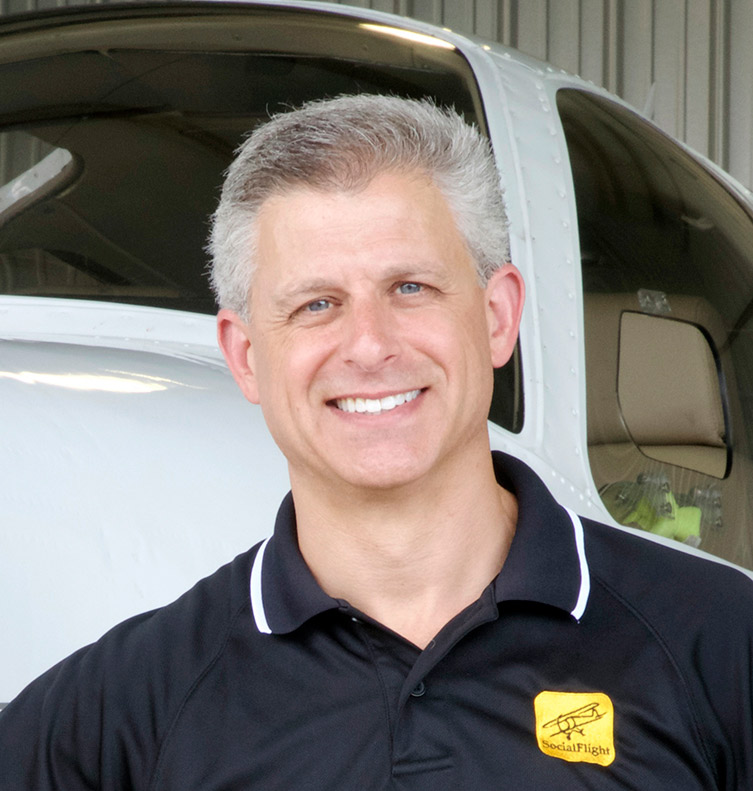Aircraft Maintenance: Repair or replace?
If you’ve read my columns before, then you know that I’m a huge fan of repairing versus replacing items during aircraft maintenance. There are many valid reasons for this, including saving money, keeping an otherwise known-good component continuing in service, keeping otherwise known-good mechanics in business, and saving the planet from a little more airplane junk in the town dump.
Although some mechanics prefer replacement to repair of a component, all FAA licensed mechanics are authorized to do most repair or replacement tasks, as long as they have the proper training, tools, and documentation. The federal aviation regulations spell it out.
§ 65.81 General privileges and limitations.
(a) A certificated mechanic may perform or supervise the maintenance, preventive maintenance or alteration of an aircraft or appliance, or a part thereof, for which he is rated (but excluding major repairs to, and major alterations of, propellers, and any repair to, or alteration of, instruments), and may perform additional duties in accordance with §§ 65.85, 65.87, and 65.95. However, he may not supervise the maintenance, preventive maintenance, or alteration of, or approve and return to service, any aircraft or appliance, or part thereof, for which he is rated unless he has satisfactorily performed the work concerned at an earlier date. If he has not so performed that work at an earlier date, he may show his ability to do it by performing it to the satisfaction of the Administrator or under the direct supervision of a certificated and appropriately rated mechanic, or a certificated repairman, who has had previous experience in the specific operation concerned.
(b) A certificated mechanic may not exercise the privileges of his certificate and rating unless he understands the current instructions of the manufacturer, and the maintenance manuals, for the specific operation concerned.
So, the bottom line is that most of the components on your aircraft can be repaired by your local A&P mechanic as long as he or she has the proper tools and training. The question is should the item be repaired?
To answer that question, I ask myself three simple questions:
- How critical is this component to flight safety?
- What is the cost of repair versus replacement (including my time)?
- How will repair versus replacement affect future reliability (and future maintenance cost)?
I recently faced a problem with the brakes on my aircraft. One side was leaking fluid (again), and the other side was sticking. Traditionally, brakes are fairly easy to repair when issues arise with simple replacement of linings, o-rings, and fluid. However, this was becoming an annual (or semiannual) tradition of brake maintenance on SocialFlight’s Bonanza. So, it was time to pull everything apart for inspection.
According to Rodgers, only about 0.005 of an inch of material can be removed on the brake caliper cylinder walls before compromising proper function of the cylinder. You can use 600-grit emery paper for about two minutes to see if the imperfections can be polished out. If not, the caliper must be replaced. It simply will not reliably hold fluid and pressure if you proceed further. From my experience, I’ve seen hones used and even tried them myself, just to see what the result would be. The bottom line is that they don’t work. So, don’t let any mechanic “repair” your calipers with more dramatic procedures than those approved by Parker. You may wind up with what appears to a smooth bore in the caliper, but you are risking leaks, binding, and potential failure of the brake system if too much material has been removed.
The same rule about corrosion and damage applies to wheel halves. If you can feel a pit or nick with your fingernail and it won’t polish out with 600-grit paper over a couple of minutes of work, the wheel half should be replaced. These components operate under enormous stresses and require every bit of the metal thickness to do their job.
In my case, I was right on the line of repair versus replace regarding the pitting in my calipers. So, it was time for my three questions.
Question: How critical is this component to flight safety?
Answer: Very! According to a study conducted by the Flight Safety Foundation, roughly 96 percent of all runway accidents and 80 percent of the deaths stemming from runway accidents are the result of runway excursions. Bottom line: Brakes matter…a lot.
Question: What is the cost of repair versus replacement (including my time)?
Answer: Replacing the caliper cylinder assembly is expensive (over $500), but I would not have to spend hours re-working, assembling, and bleeding the system just to find that it still leaks (again).
Question: How will repair versus replacement affect future reliability (and future maintenance cost)?
Answer: This is an easy one. Working on my 44-year-old brake calipers has become an annual ritual. Even after repair, their long-term reliability is low.
So, in the case of my brakes, the answer was simple: Replace. My future annuals will not include the obligatory caliper o-ring replacements, and I can finally clean up those drip spots that keep showing up on the hangar floor! Until next time…happy flying!


